Pruning on a Commercial Scale
Pruning is an essential horticultural task in all grounds management operations. We prune to control growth, promote flowering, improve aesthetics, and remove dead/dying plant parts, etc. Pruning on a small scale is relatively easy and will not usually be disruptive to the overall maintenance operation. But what happens when you are on a 1000+ acre campus and the magnitude of pruning exceeds the labor resources you can throw at it?
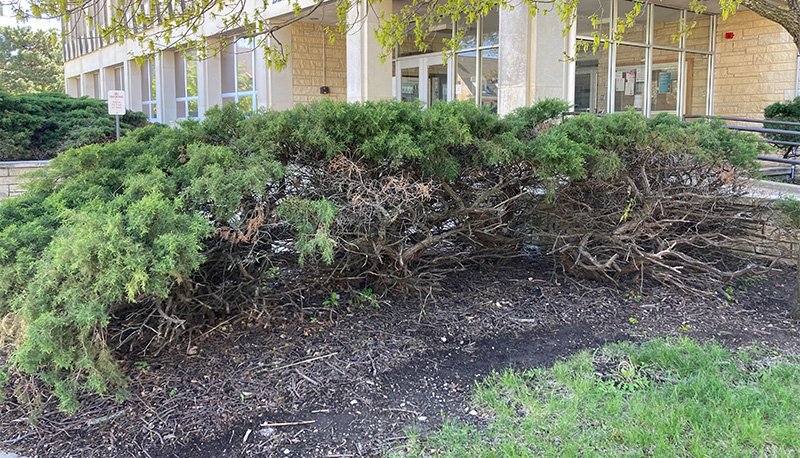
Right Plant Right Place
This adage is well known to all Grounds Managers and is the simple guiding truth for what to plant and where. Unfortunately, poor application of right plant/right place is common. This can occur when grounds professionals are only a small voice in planning/design, or when too narrow a result is focused on (we always include plant X in our designs). There are multiple plant attributes that need consideration during plant selection. The most important plant attribute related to pruning is ultimate size control. If the ultimate size of a proposed plant is 10’ x 10’ and the size is 5’ x 5’, clearly that plant should not be included. Secondary, but still critical is habit and growth rate. If a design is meant to be “formal” but the proposed plant tends to legginess, it should be passed by. Likewise, a plant that can send up 6’ whips in one season should not be planted near an entrance. Poor plant selection will increase work load for our teams. While this increased workload is born almost entirely by the grounds crew, it negatively impacts the overall organization and should be avoided.
Poor Pruning Leads to Poor Results
Pruning is a reasonable and acceptable horticultural intervention used to help manage/maintain the landscape. As described before, pruning can be used to achieve a number of desirable plant attributes. Unfortunately, utilizing poor pruning techniques in pursuit of worthwhile goals is all too frequent. Some pruning consequences can actually add to the workload instead of decreasing it. One of the more common issues is indiscriminate heading cuts that result in flush growth at improper points. Shearing (perhaps the most common “pruning” approach) is often the cause of this. Pruning off flower set is also a negative consequence of poor pruning. Other common pruning missteps can result in misshapen shrubs, uneven growth and a shell of dense growth around a center of dead wood. Improper timing of pruning can result in diminished results or even decrease plant health/growth. All of these issues are avoidable through proper plant ID, reputable research to understand growth/cultural requirements, then thorough team training (in classroom & field) to insure proper pruning technique.
Let’s Talk Shearing
The starkest example of poor pruning is the widespread use of shearing as a means to manage plants. Shearing is appropriate in some situations, (formal gardens, topiary, some hedges) but is used too often in an attempt to control size or maximize production. Shearing does neither. I have never seen (well, almost never) a sheared shrub that has been size contained. And if they are contained, they don’t look that good. Shearing can make a shrub look tight for 1-2 weeks. But almost immediately after shearing, latent buds activated by wound response send up wild shoots. These shoots are readily noticeable. Pocket/informal pruning provides even growth (no wound response), allows deeper pruning, disguises taller shoots and is easier on clean up (clippings go into a can, not into the bush). Here at KU our default is pocket pruning, with shearing done as appropriate rather than vice versa. Our bushes perform better, and our production is improved.
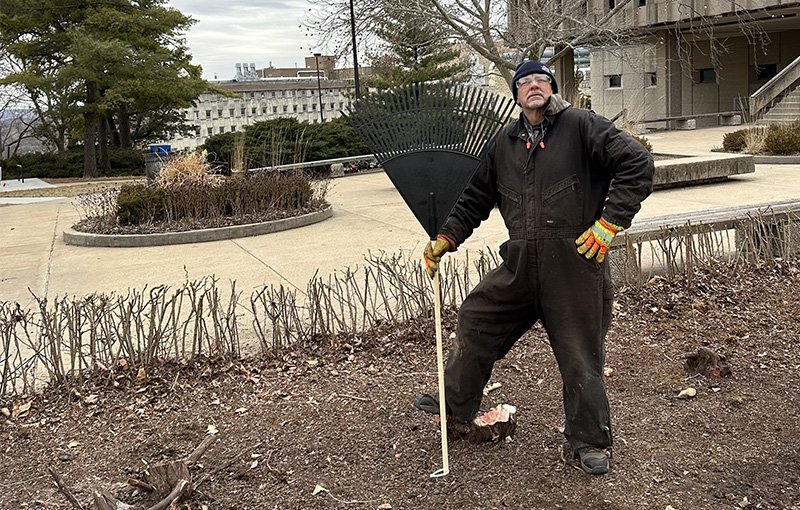
NOTE… imho the transition from shearing to informal pruning is one of the hardest pruning approaches to undertake. Patience is essential as the transition will take time and multiple touches. It is worth it as workload is ultimately reduced, appearance improves, and plant replacement is avoided)
Prune For a Long Cycle
In the commercial world, proper pruning must be built on instilling long-term benefits into plant material. Our goal, if we prune, is pruning on a 2–3 year cycle. We simply do not have the production capacity (time/labor) to prune otherwise. When shrubs have the potential to outgrow an area they will be hard pruned as infrequently as possible or removed and replaced. Deep pruning (removing 1/3 of oldest stems/branches) or rejuvenation pruning (cutting shrub near ground to re-grow) is sometimes more time consuming, but results in a longer period between touches, and shows the campus we are aggressively working. Pruning for a long cycle does not mean we won’t work our shrubs. It means that our work seeks to accomplish as much as possible each time and however we prune, rather than fall into a trap of reacting to repetitive poor pruning consequences.
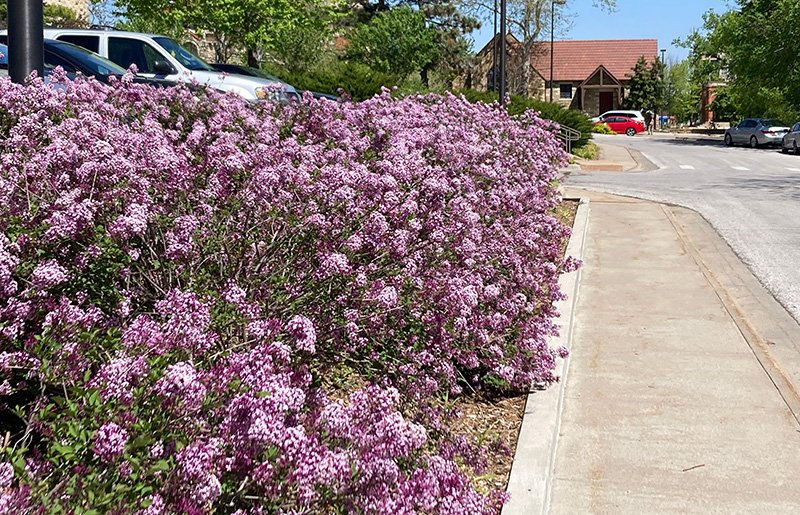
Striving to NOT Prune
Pruning is an essential task in managed landscapes. However, our crew has plenty of other work we could be doing rather than pruning. All of us need our shrubs to perform while maintaining the ability to focus on other high priority tasks too. Plant selection, removal of repetitive pruning problems, professional training and effective communication within the team/organization will improve pruning effectiveness and efficiency. Ultimately, it improves your landscape.
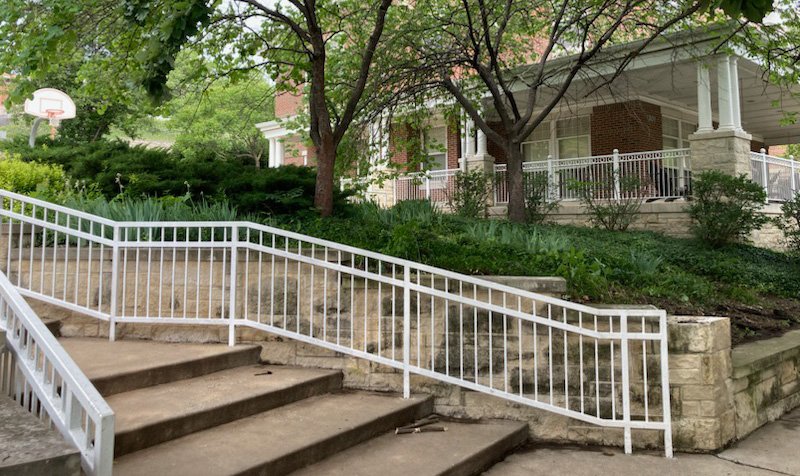


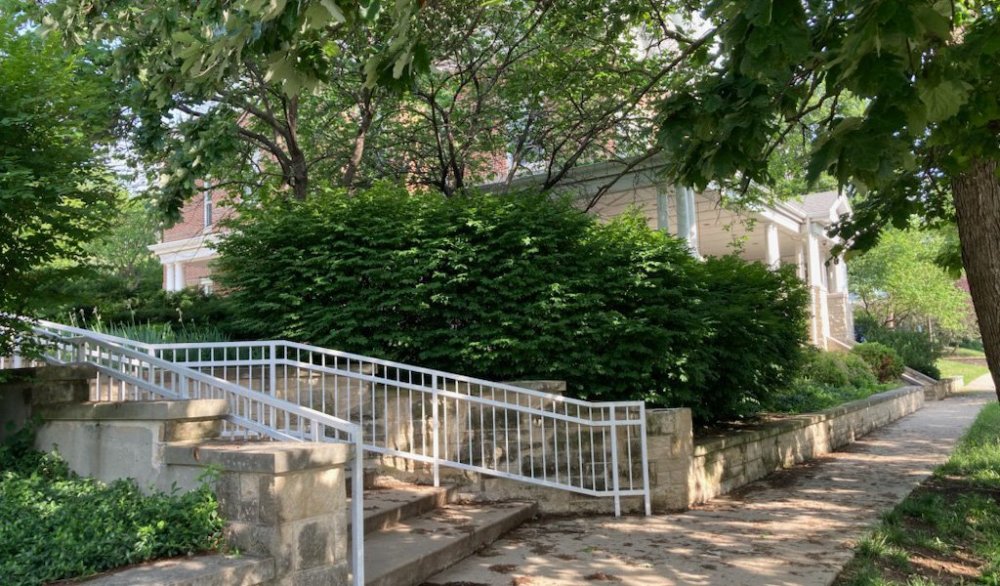
0 Comments
Recommended Comments
There are no comments to display.